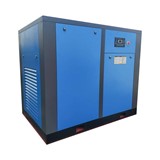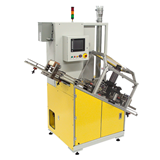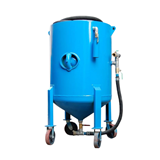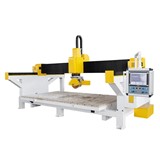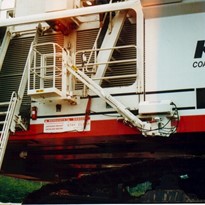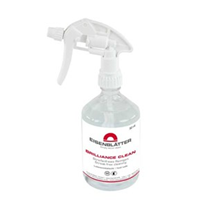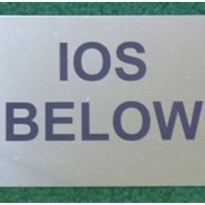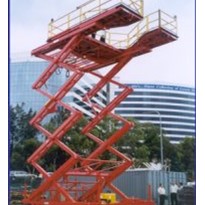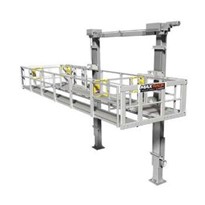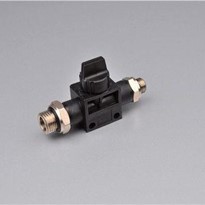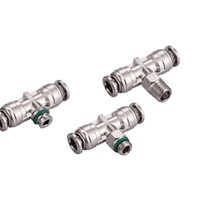In the realm of fluid and pneumatic systems, the pursuit of efficient, reliable, and seamless connections is an unending journey. In response to this demand, Brass Push-In Fittings emerge as a shining star, redefining how connections are established across various industries. With a myriad of advantages that streamline processes, these fittings have earned a distinguished position as a favored choice for fluid handling applications. This article delves into the excellence of Brass Push-In Fittings, unraveling their features, applications, and the reasons behind their soaring popularity.
The Essence of Brass Push-In Fittings: At the heart of fluid and pneumatic systems, the efficacy of connections plays a pivotal role. Brass Push-In Fittings have emerged as a transformative solution, combining the remarkable properties of brass with innovative connection mechanisms. These fittings promise to elevate the efficiency and reliability of systems, promising a seamless approach to establishing connections.
The Features that Define Brass Push-In Fittings: Strength and Durability: Brass, renowned for its exceptional strength and durability, becomes the foundation of Brass Push-In Fittings. This inherent robustness ensures fittings can endure diverse environments, making them suitable for applications exposed to varying pressures, temperatures, and chemicals.
Ease of Installation: Brass Push-In Fittings are celebrated for their user-friendly installation process. Designed to eliminate complex assembly steps and specialized tools, these fittings utilize a push-in mechanism that guarantees quick and secure connections, bypassing the need for threading, soldering, or adhesives. This translates to time savings and reduced potential for installation errors, thus enhancing overall system reliability.
Leak-Free Seal: The sealing mechanism of Brass Push-In Fittings is engineered to perfection. With elastomeric seals, these fittings establish an air-tight bond between the fitting and tubing, preventing leaks even under elevated pressures. This leak-free assurance is invaluable across industries, ensuring operational integrity and reducing the risk of product wastage or safety compromises.
Versatility Across Industries: The adaptability of Brass Push-In Fittings extends across diverse industries. From manufacturing to electronics, automotive to healthcare, these fittings effortlessly integrate into various applications. Whether conveying fluids or controlling pneumatic systems, their flexibility is a testament to their universal appeal.
Applications Across Industries:
· Manufacturing and Industry: In manufacturing, Brass Push-In Fittings shine as reliable components in fluid systems, contributing to the efficiency and productivity of production lines.
· Automotive Engineering: These fittings find their place in automotive applications, ensuring secure connections in fluid systems that are exposed to the rigors of daily operation.
· Electronics and Technology: Brass Push-In Fittings cater to the intricate demands of electronics and technology, where precision and reliability are non-negotiable.
· Healthcare and Pharmaceuticals: In healthcare, these fittings meet the stringent requirements of medical devices and instruments, where hygiene and uncompromising performance are paramount.
The Catalyst of Choice: Brass Push-In Fittings stand as a testament to innovation's power to simplify complexities while enhancing reliability. Their amalgamation of strength, versatility, and installation ease positions them as a preferred choice for fluid handling applications. As industries evolve, Brass Push-In Fittings continue to surge in popularity, serving as a bridge between operational excellence and seamless connectivity.
Conclusion: Brass Push-In Fittings symbolize a journey towards optimized connections in fluid and pneumatic systems. Their robust features, versatility, and ease of installation speak volumes about the role innovation plays in simplifying processes without compromising performance. As industries embrace the transformative capabilities of Brass Push-In Fittings, they propel themselves toward a future where operational efficiency and reliable connections harmoniously coexist.
Here are some of the common types of brass-based push-in fittings:
· Straight Fittings: Straight fittings, also known as union connectors, provide a straightforward connection between two tubing ends in a straight line. They are commonly used when a simple linear connection is needed without any change in direction.
· Elbow Fittings: Elbow fittings have a bend in them, usually at a 90-degree angle, allowing the tubing to change direction. These fittings are ideal for situations where tubing needs to be routed around obstacles or when connections need to be made at corners.
· Branch Tee Fittings: Branch tee fittings have three ports, with one inlet and two outlets. They are used to split a fluid or pneumatic line into two separate lines, allowing the flow to be directed to different parts of a system.
· Run Tee Fittings: Run tee fittings also have three ports, but they are designed to connect a single inlet to two separate outlets. This configuration is useful when two lines need to be supplied from a single source.
· Union Tee Fittings: Union tee fittings have three ports and provide a simple way to connect three tubes in a T-shaped configuration. These fittings are commonly used in systems where three lines need to be connected or branched off from a main line.
· Bulkhead Fittings: Bulkhead fittings are designed to pass through a panel, wall, or enclosure, allowing tubing to be connected on both sides. These fittings are useful when connections need to be made between different compartments or through barriers.
· Reducer Fittings: Reducer fittings are used to transition between tubing of different sizes. They ensure a smooth connection between larger and smaller tubing, maintaining the integrity of the fluid or pneumatic system.
· Plug Fittings: Plug fittings are used to seal off unused ports in a system, preventing leaks and contamination. They come in various styles, including threaded plugs and push-in plugs.
· Cross Fittings: Cross fittings have four ports arranged in a cross shape. They allow for connections in multiple directions and are useful in complex systems that require multiple branching points.
· Bulkhead Union Fittings: Bulkhead union fittings are similar to bulkhead fittings but offer a union connection on both sides of a panel, enabling quick disconnection and reconnection of tubing.
· Swivel Fittings: Swivel fittings have the ability to rotate around their connection point, allowing for greater flexibility in the orientation of the tubing. This is particularly useful when dealing with dynamic systems or tight spaces.









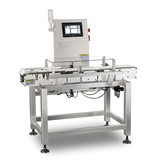
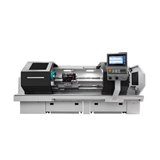
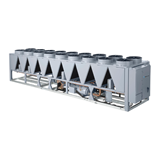
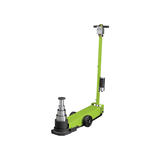
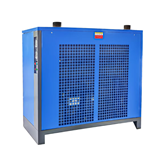


-160x160-state_article-rel-cat.png)


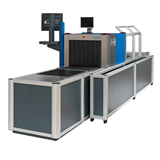

-160x160-state_article-rel-cat.png)

